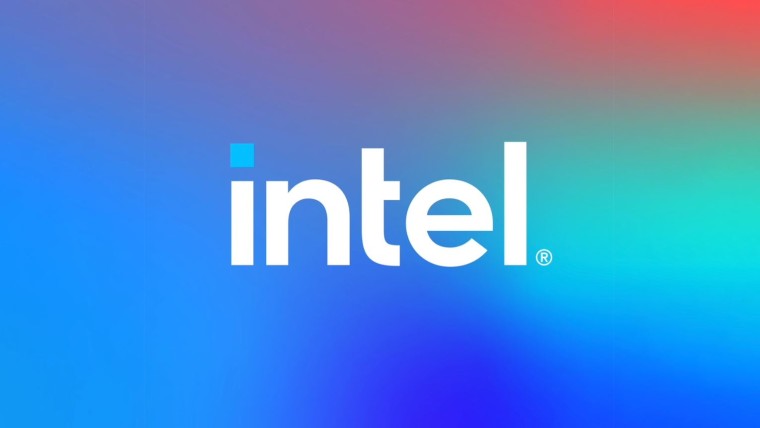
Back in January, Intel announced that CEO Bob Swan was stepping down and he would be replaced by Pat Gelsinger, and just yesterday, Gelsinger stepped into his new role. Naturally, it's not going to be a tremendously easy role, and the new CEO published a note to employees today.
To be clear, there's nothing surprising or out of the ordinary here. It's completely normal for a new CEO to publish what its goals are, and this is no different. But he does have some strong ambitions for Intel, saying that it can "be the world's leading semiconductor company" when the competition is stronger than it's been in a very long time.
Gelsinger laid out four key priorities. The first, and probably the most important, is to "be the leader in every category in which we compete", and again, that's quite an ambitious goal. Keep in mind that AMD is doing big things with its Ryzen processors, which are built on a 7nm process while Intel is still getting the hang of 10nm. Qualcomm is entering the PC space as well, offering value like long battery life, integrated cellular connectivity at super-low price points, and fan-less designs.
And of course, Apple is using ARM processors in its Macs now, a big loss for Intel no matter how you slice it. A commitment to not only compete with all of that, but to stay ahead of the competition, is a major one.
The second priority is to "execute flawlessly to our commitments". This is another really important one because frankly, Intel hasn't been able to execute. Once the absolute leader when it comes to PC CPUs, its competition has caught up to it, and companies like AMD were only able to do so because Intel fell behind. Intel started delaying its 10nm processors back in 2015, they were delayed again in 2017, and they finally arrived in 2019.
Even now, only part of the company's lineup has made the move to 10nm, while competitors like AMD and Apple are hitting 7nm and 5nm, respectively. And as of last summer, the move to a 7nm process is already delayed. Gelsinger plans to start keeping these promises.
The third priority is to "passionately innovate with boldness and speed". This one kind of speaks for itself, but perhaps it's a hint that Intel won't be as afraid to take risks, and that it's going to move faster.
Finally, the fourth priority is to "reignite our culture to attract and motivate the best engineers and technologists on the planet", even referencing "Groveian disciplines". Indeed, if Intel plans to be on top, it's going to need the best talent to get it there.
Gelsinger signs off by saying he knows that Intel's best days are ahead of it. For sure, it's going to be a long road to get there.

_small.jpg)













13 Comments - Add comment